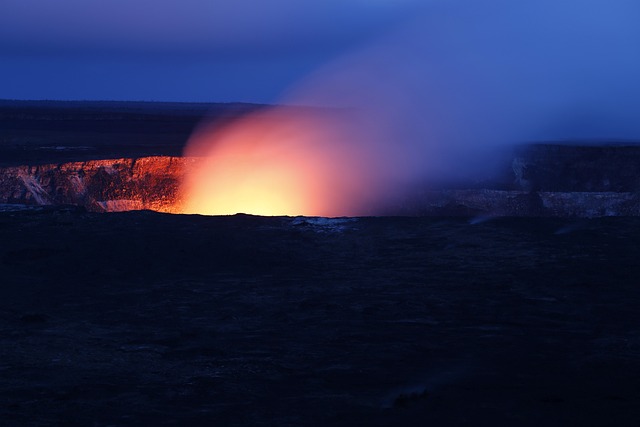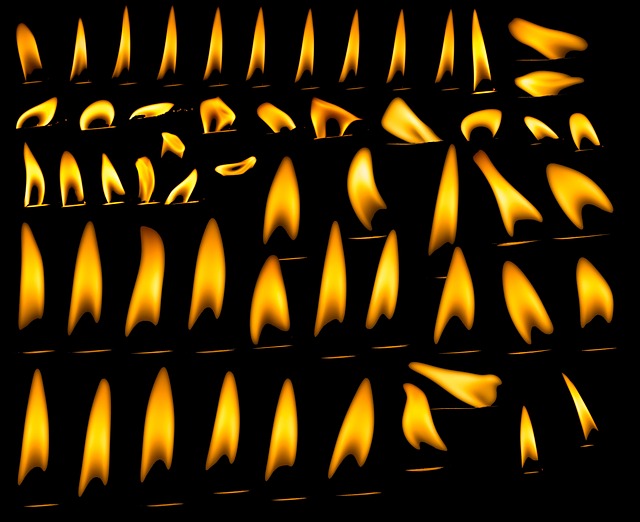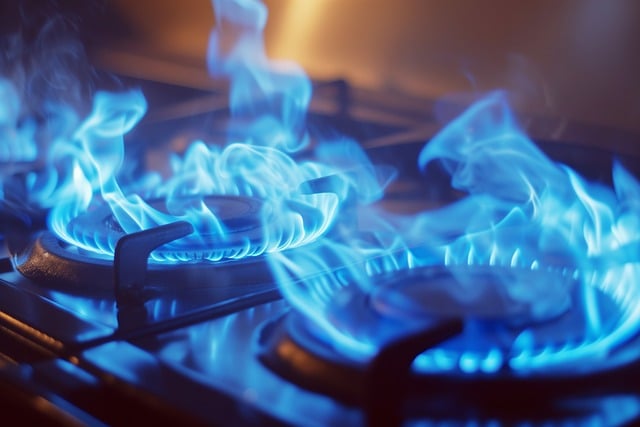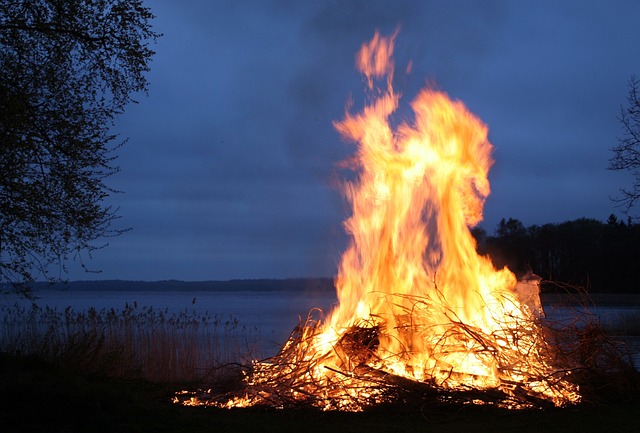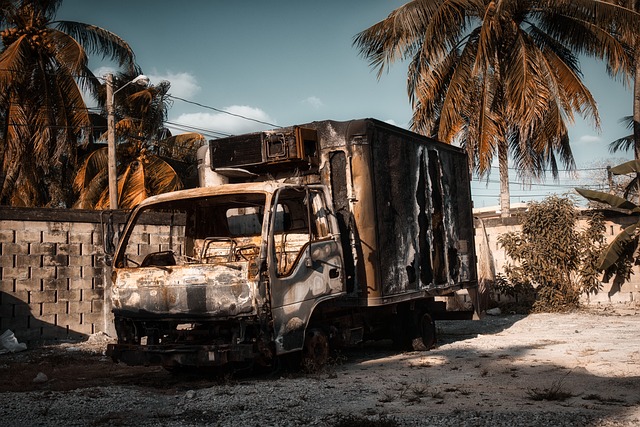Selling a home with fire damage in California involves adhering to strict regulations focused on safety and transparency. Sellers must have qualified professionals inspect the property, certify its structural integrity, identify hazardous materials, and ensure compliance with local building codes. Both parties are obligated to disclose known issues accurately, with buyers having the right to independent inspections and negotiation. Misrepresentation can lead to legal consequences, stressing the importance of transparency for a seamless transaction that meets safety standards post-fire damage.
Selling a home with fire damage in California involves navigating complex regulations designed to protect buyers. This article delves into the intricacies of California’s housing regulations, offering crucial insights for sellers dealing with fire-damaged properties. We explore understanding and complying with these rules, from disclosing damage to addressing repairs, ensuring a smooth and legal transaction when selling homes impacted by fire in this state.
- Understanding California's Housing Regulations for Selling Homes with Fire Damage
- Navigating the Legalities: What Sellers Need to Know When Disclosing and Repairing Fire Damage in California Homes
Understanding California's Housing Regulations for Selling Homes with Fire Damage

Selling a home with fire damage in California involves navigating specific regulations designed to ensure safety and transparency. These regulations are put in place to protect both buyers and sellers, ensuring that any potential hazards associated with fire damage are properly addressed before the property changes hands. One key regulation is that homes affected by fire must be inspected and certified as safe by a qualified professional. This inspection process evaluates structural integrity, identifies remaining hazardous materials, and ensures compliance with safety standards set by local building codes.
Additionally, sellers are required to disclose any known issues related to fire damage in detailed paperwork provided to potential buyers. This includes information about the extent of the damage, repairs made, and any ongoing concerns. Buyers have the right to conduct their own inspections and may negotiate terms based on the findings. Understanding these regulations is crucial for both parties to ensure a smooth transaction, providing peace of mind that the home they are purchasing or selling meets all necessary safety criteria after fire damage has occurred.
Navigating the Legalities: What Sellers Need to Know When Disclosing and Repairing Fire Damage in California Homes

When selling a home with fire damage in California, navigating the legalities and disclosure requirements is crucial. Sellers must be aware that California has stringent regulations regarding the disclosure of potential hazards, including fire damage. Failure to disclose known issues can lead to significant legal consequences and financial penalties. Therefore, it’s essential to thoroughly inspect the property and accurately communicate any repairs or remaining structural issues to prospective buyers.
California law requires sellers to disclose any material defects they are aware of, including those related to fire damage. This includes providing details about the extent of the damage, the type of repairs conducted, and whether any potential hazards remain. Sellers should also be prepared to provide documentation supporting the completion of repairs, such as invoices or certificates from professional contractors. Misrepresenting or omitting this information can result in legal disputes and even civil liability, so it’s best to be transparent throughout the selling process.
When selling a home with fire damage in California, understanding and adhering to the state’s housing regulations is paramount. By disclosing and repairing damages appropriately, sellers can navigate the legalities seamlessly and ensure a smooth transaction. This comprehensive guide highlights the key aspects, empowering buyers and sellers alike to make informed decisions regarding fire-damaged properties in California.
